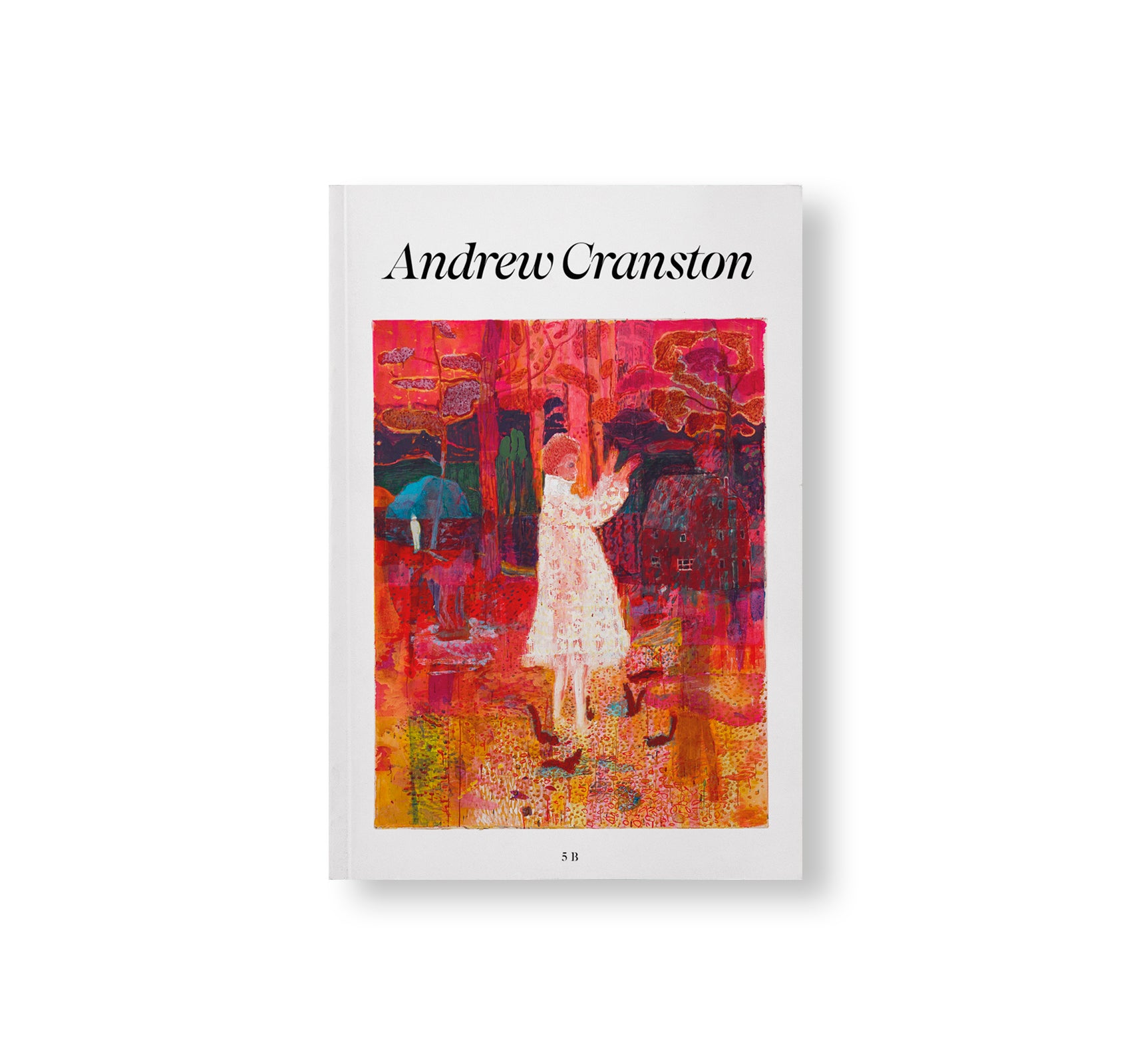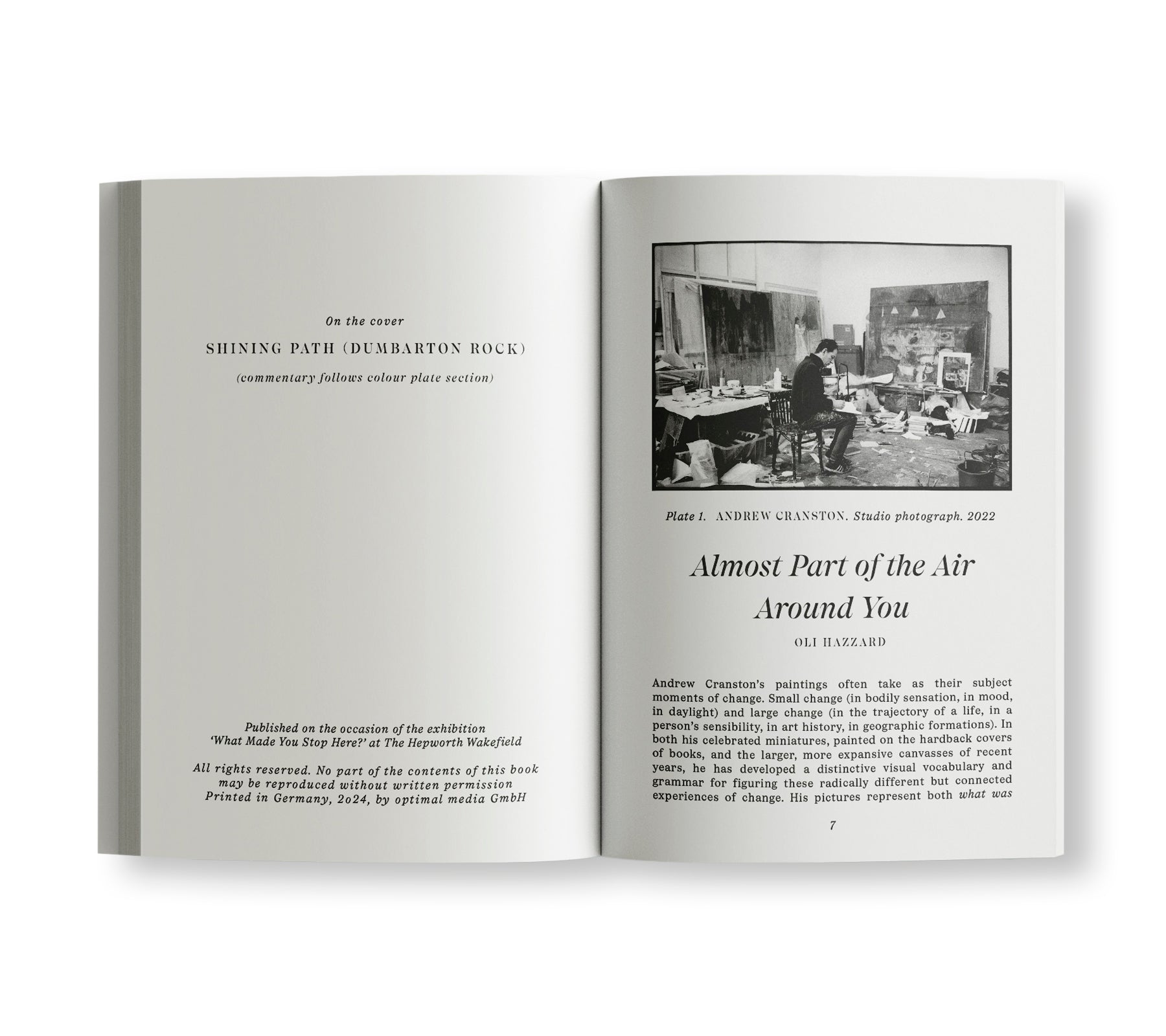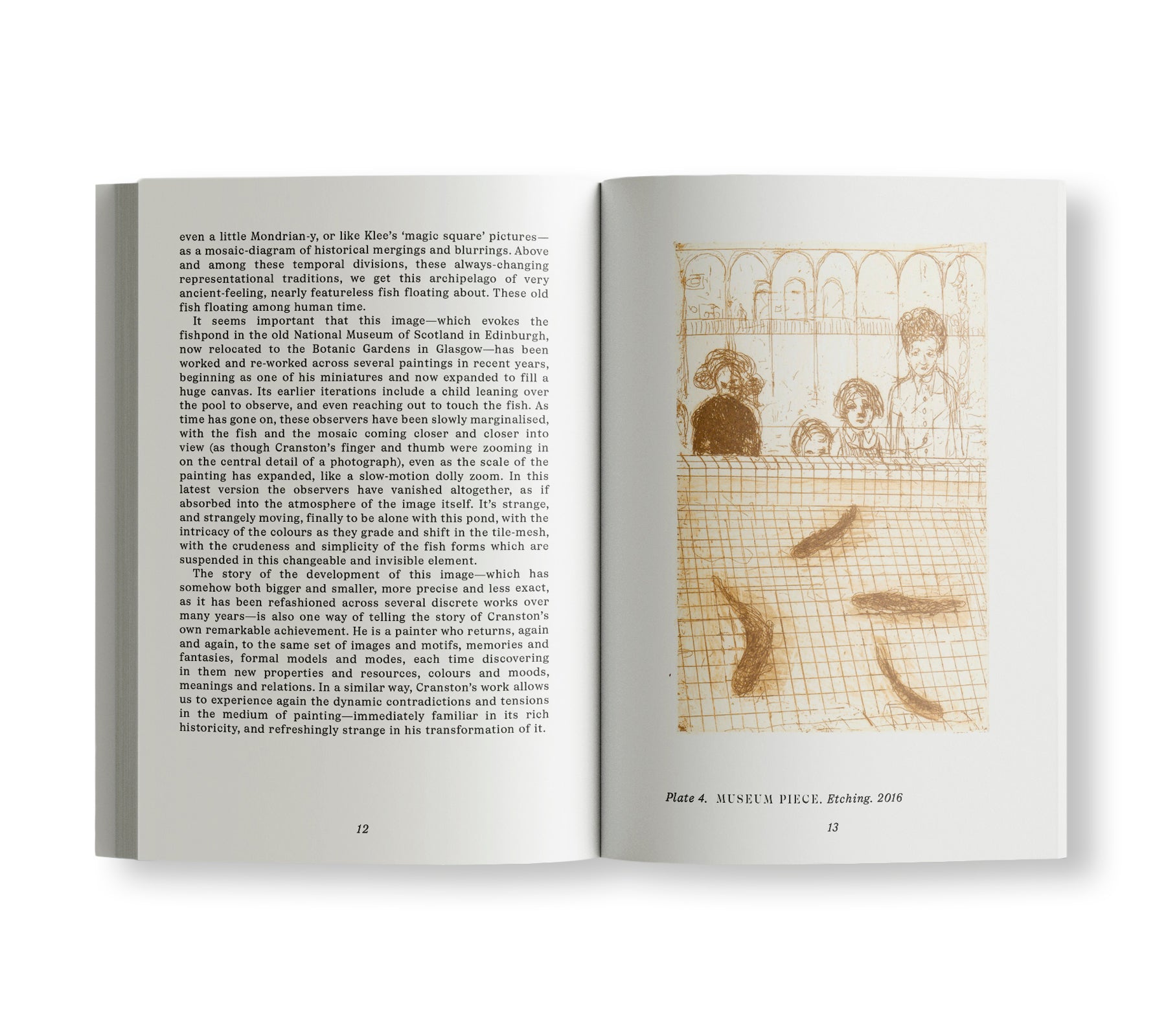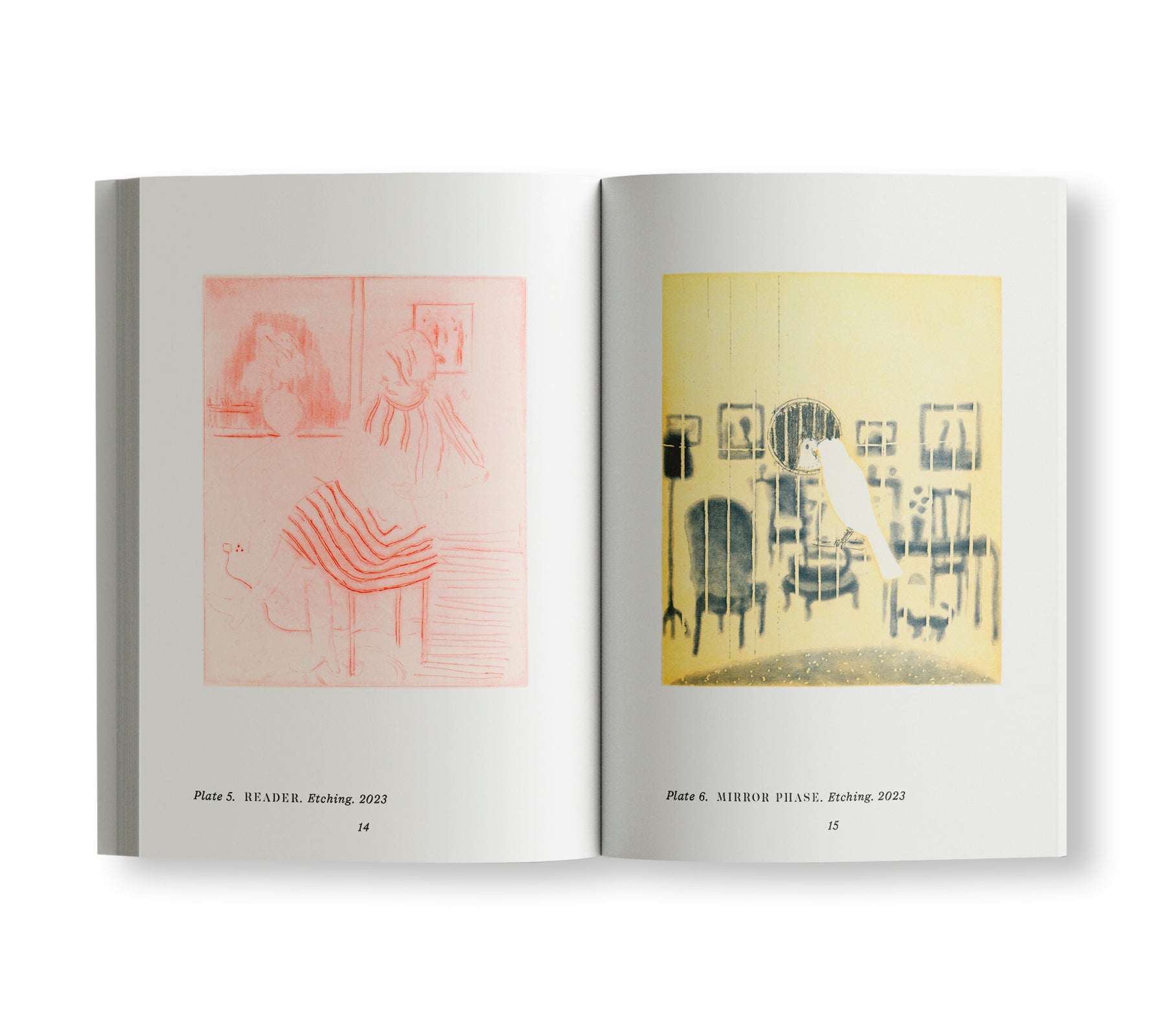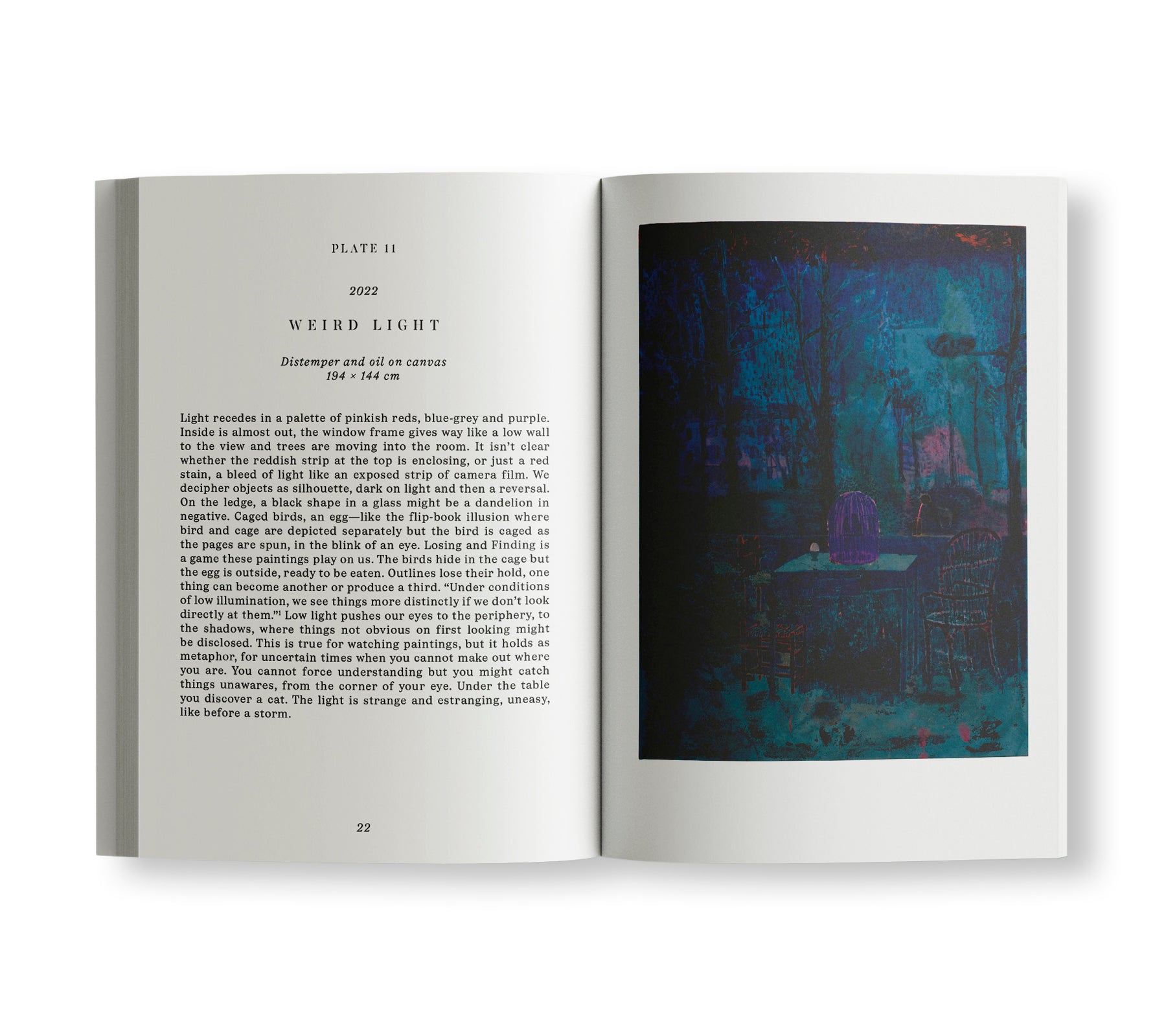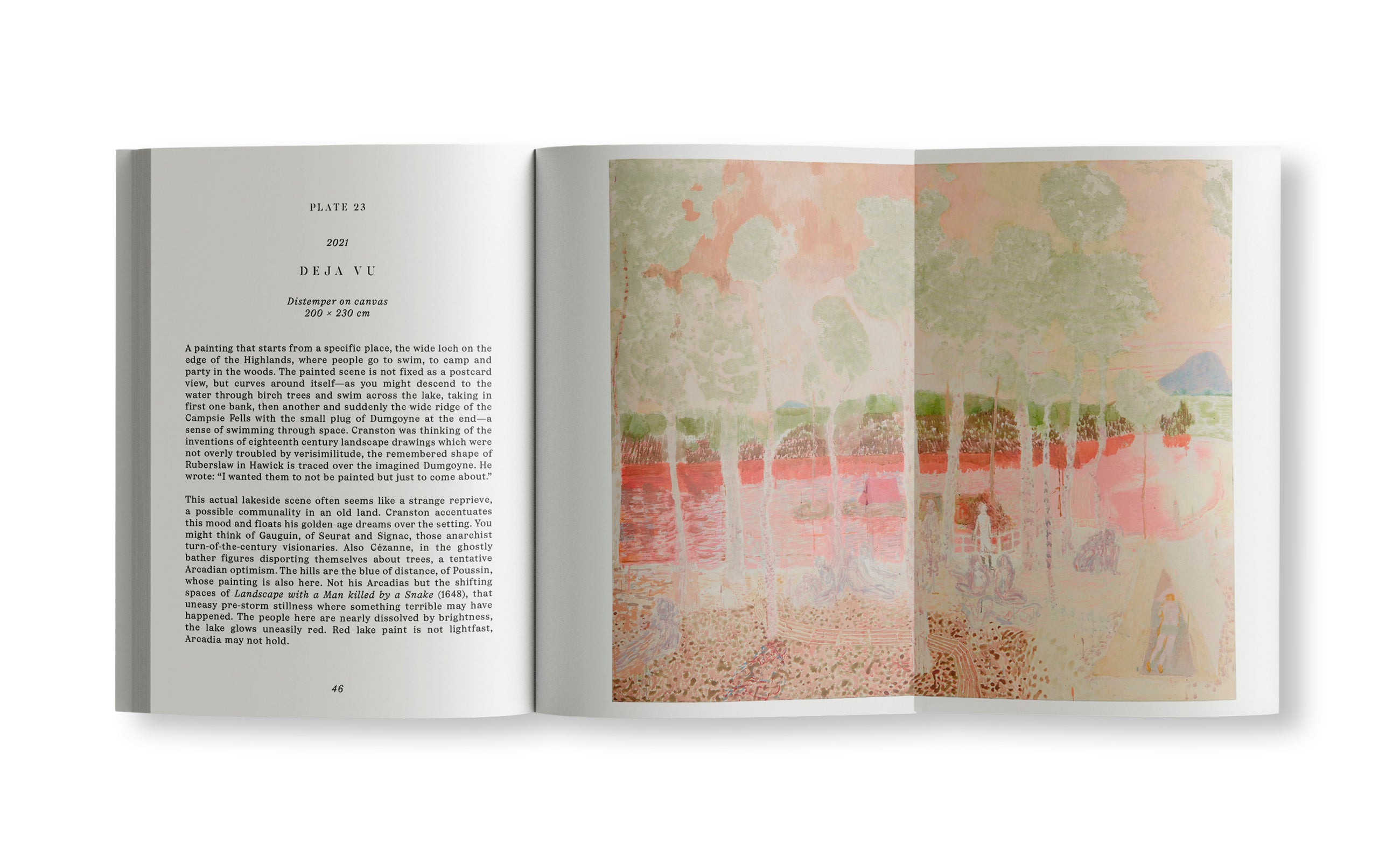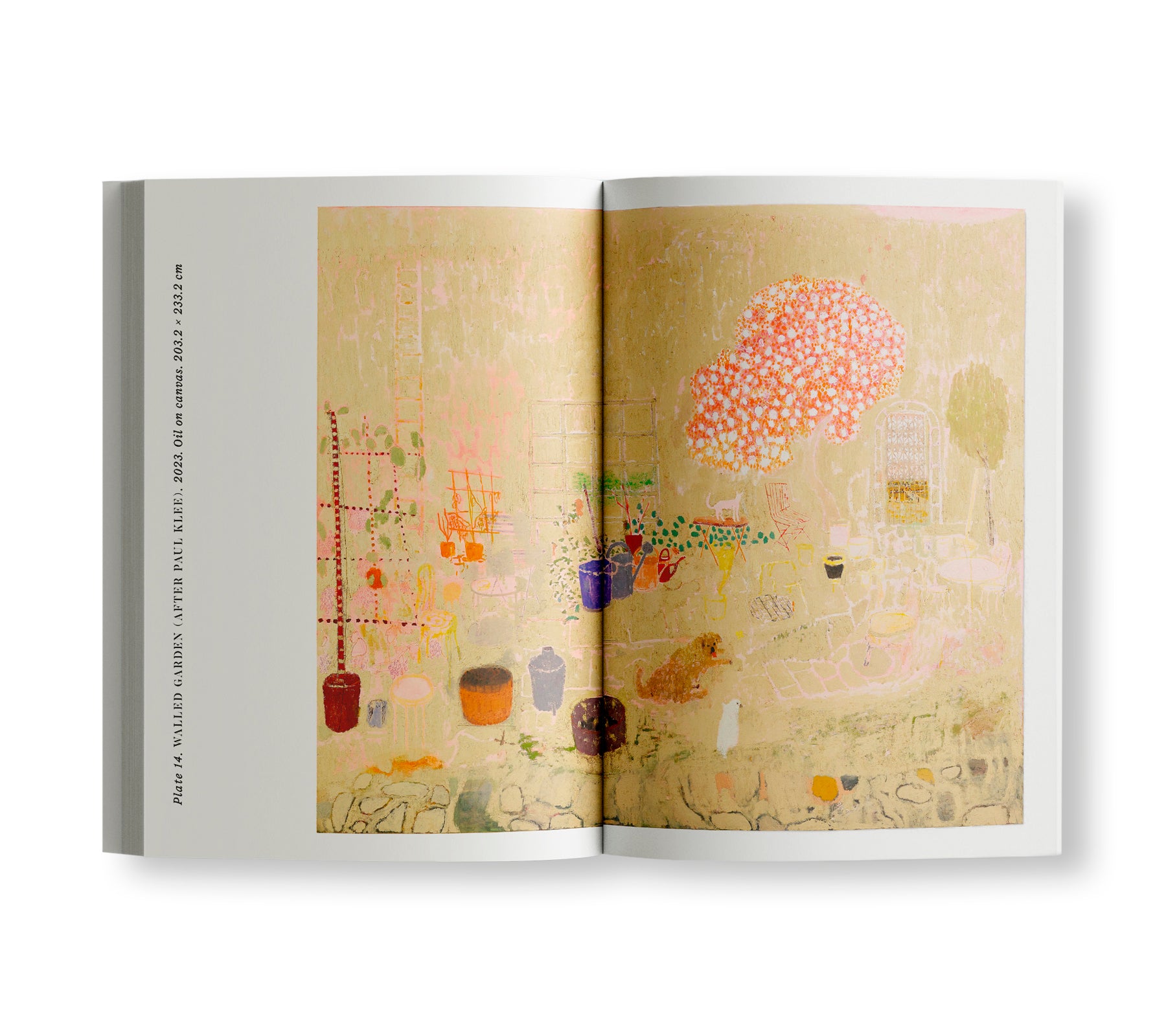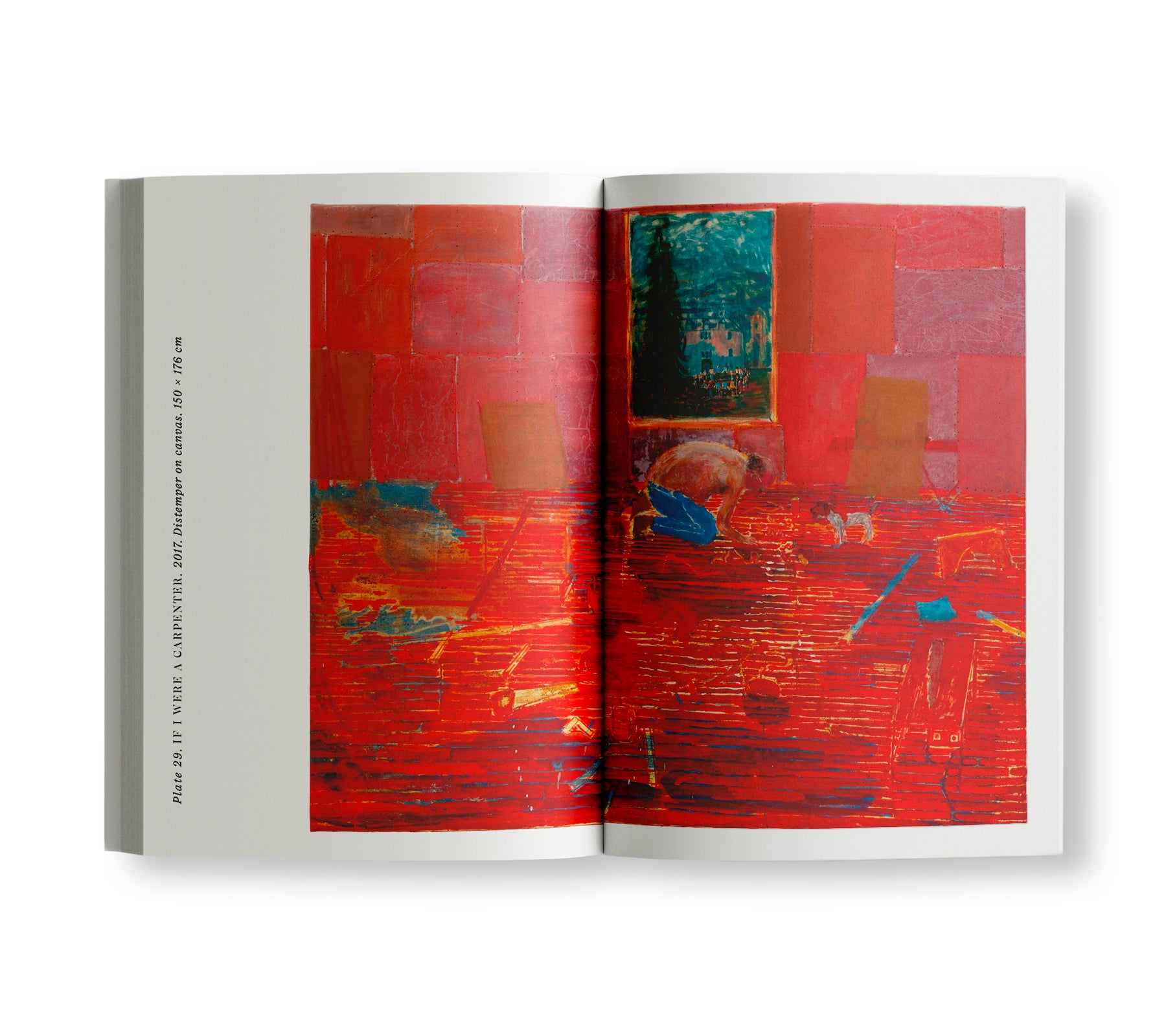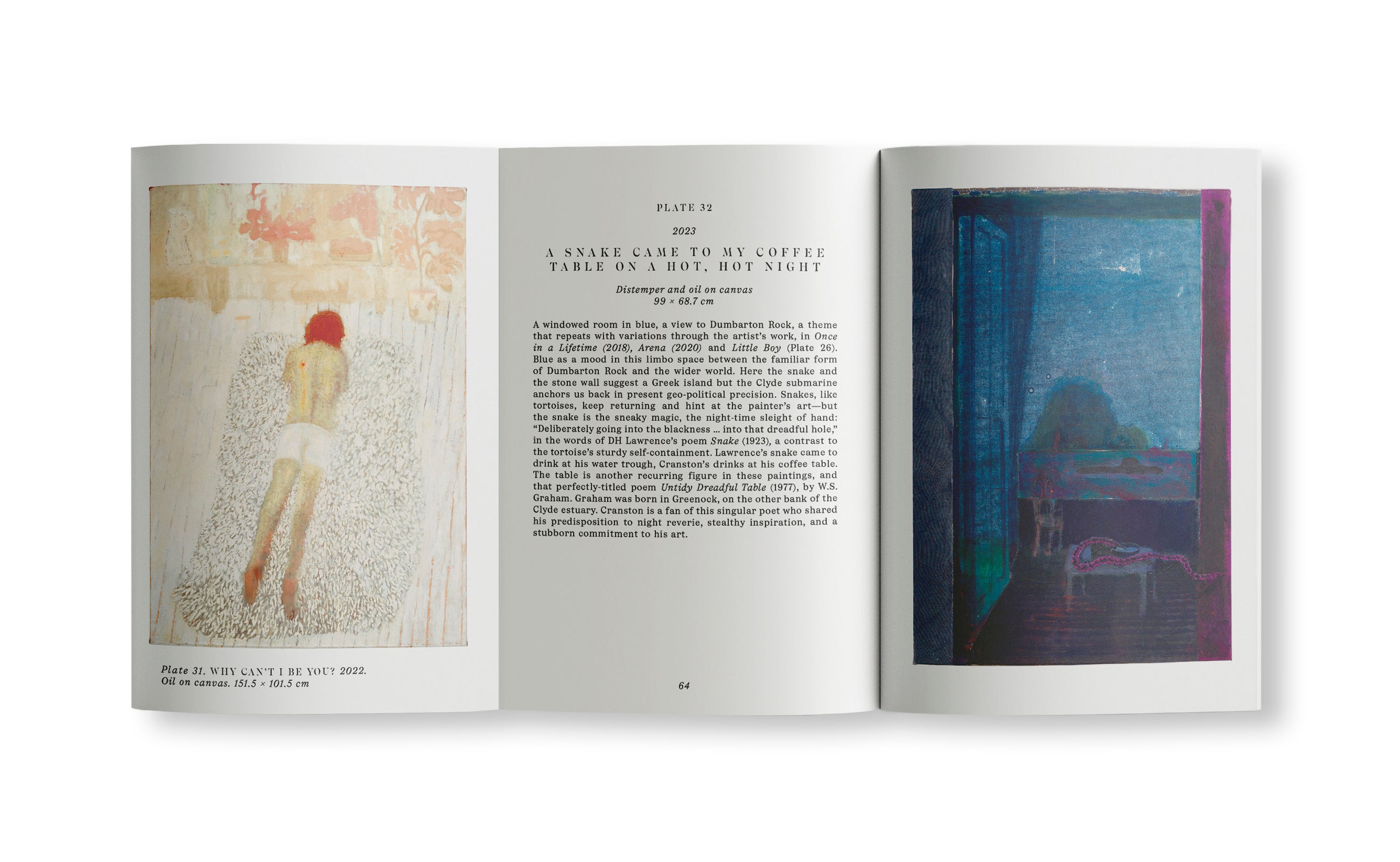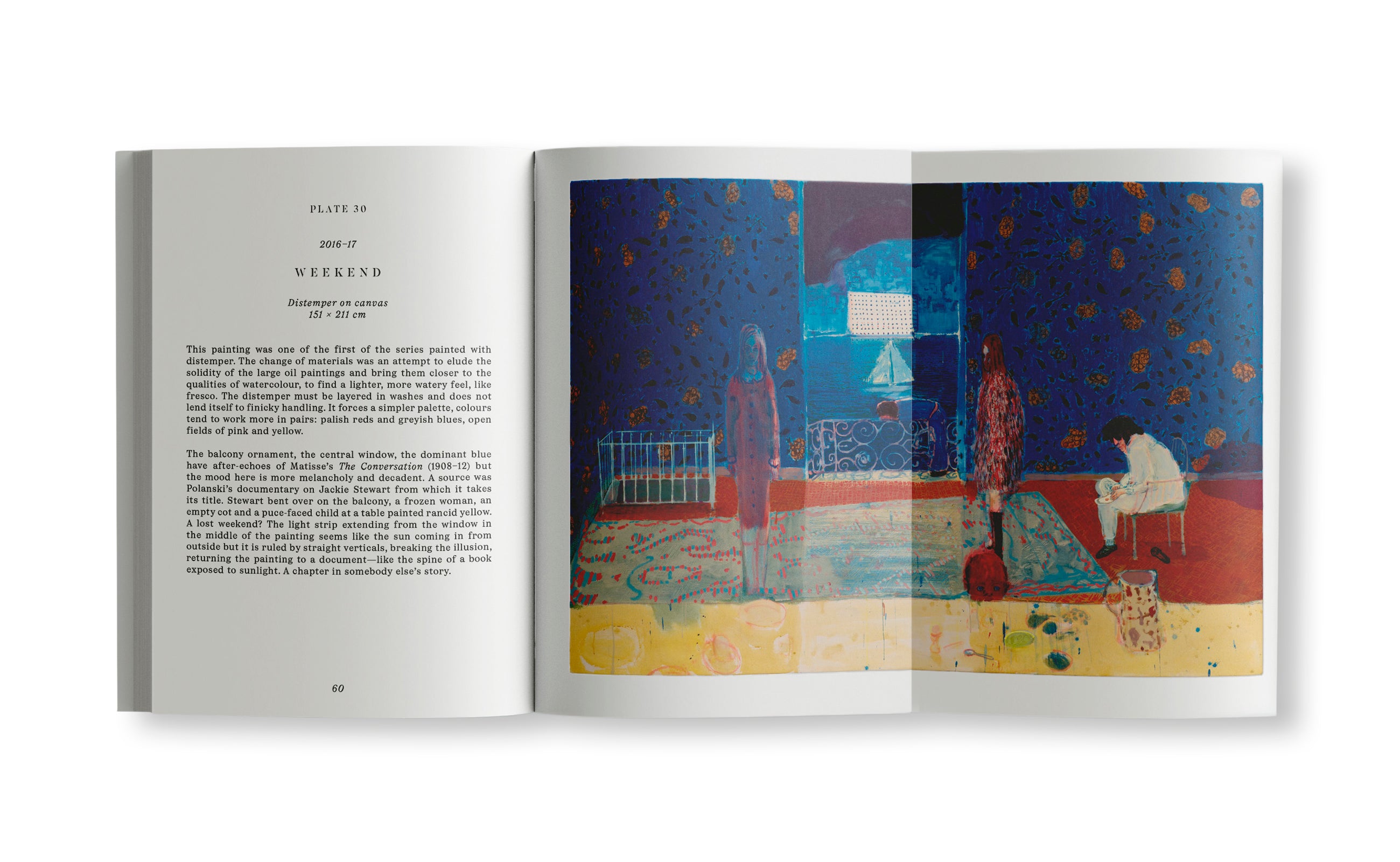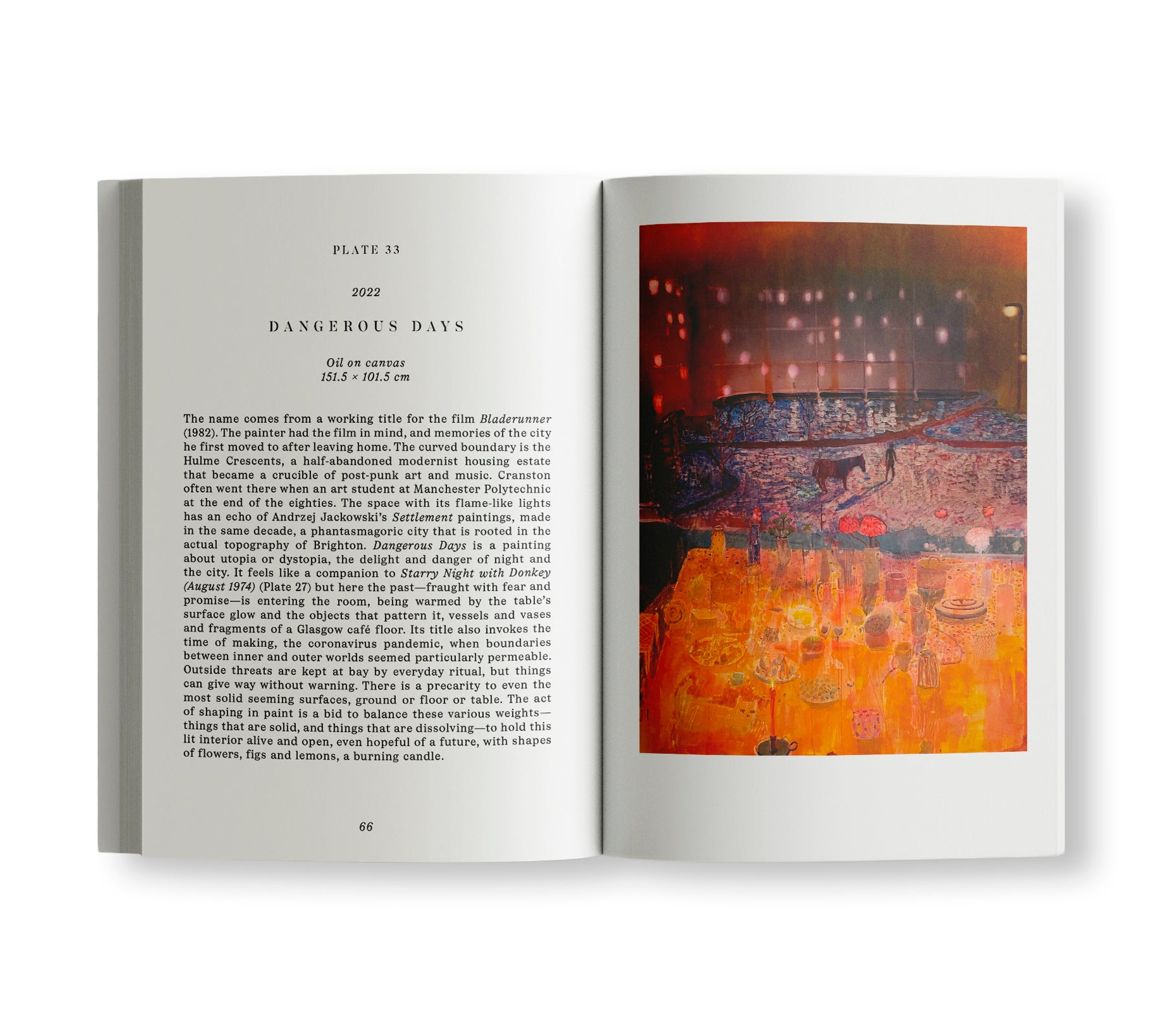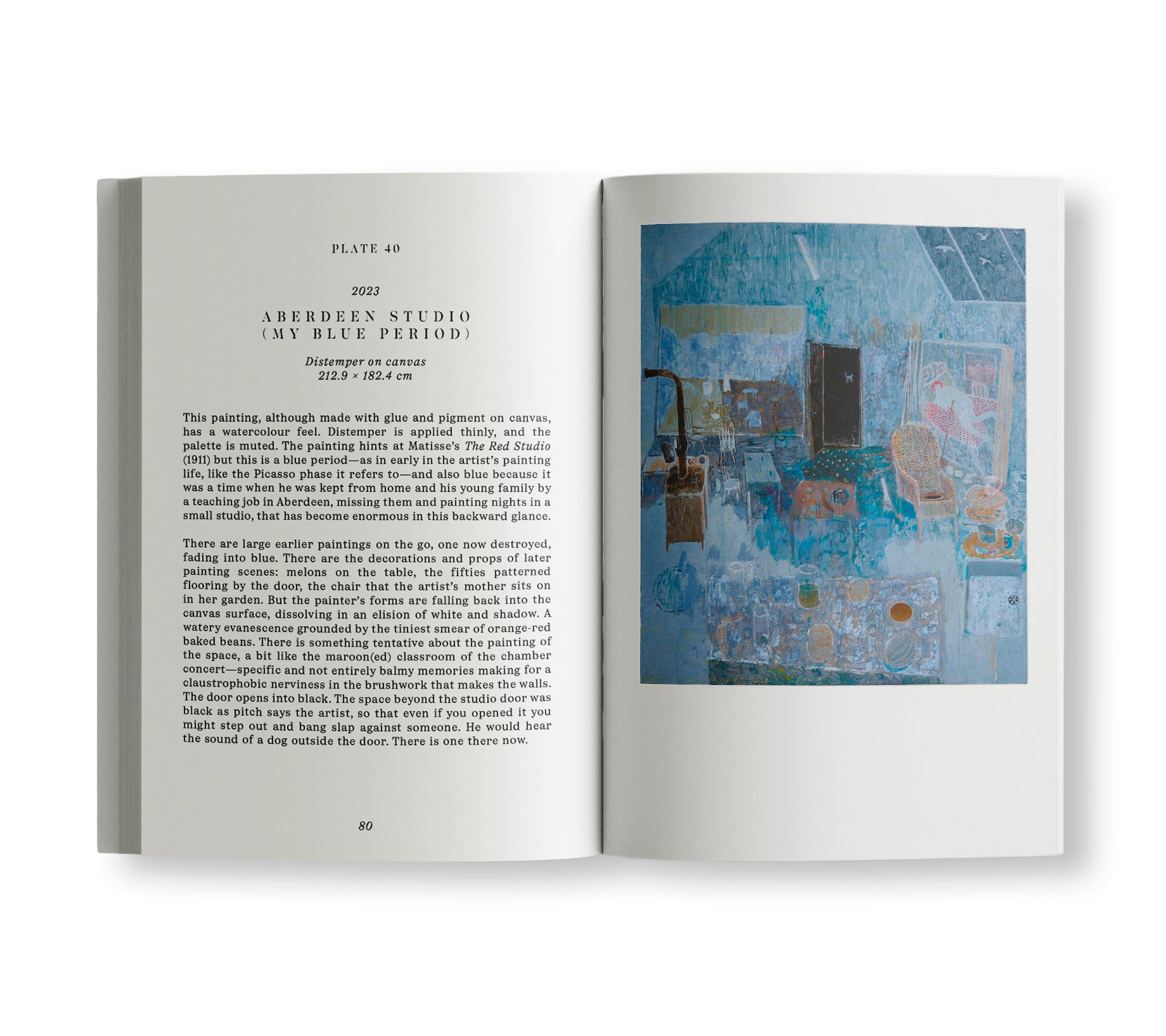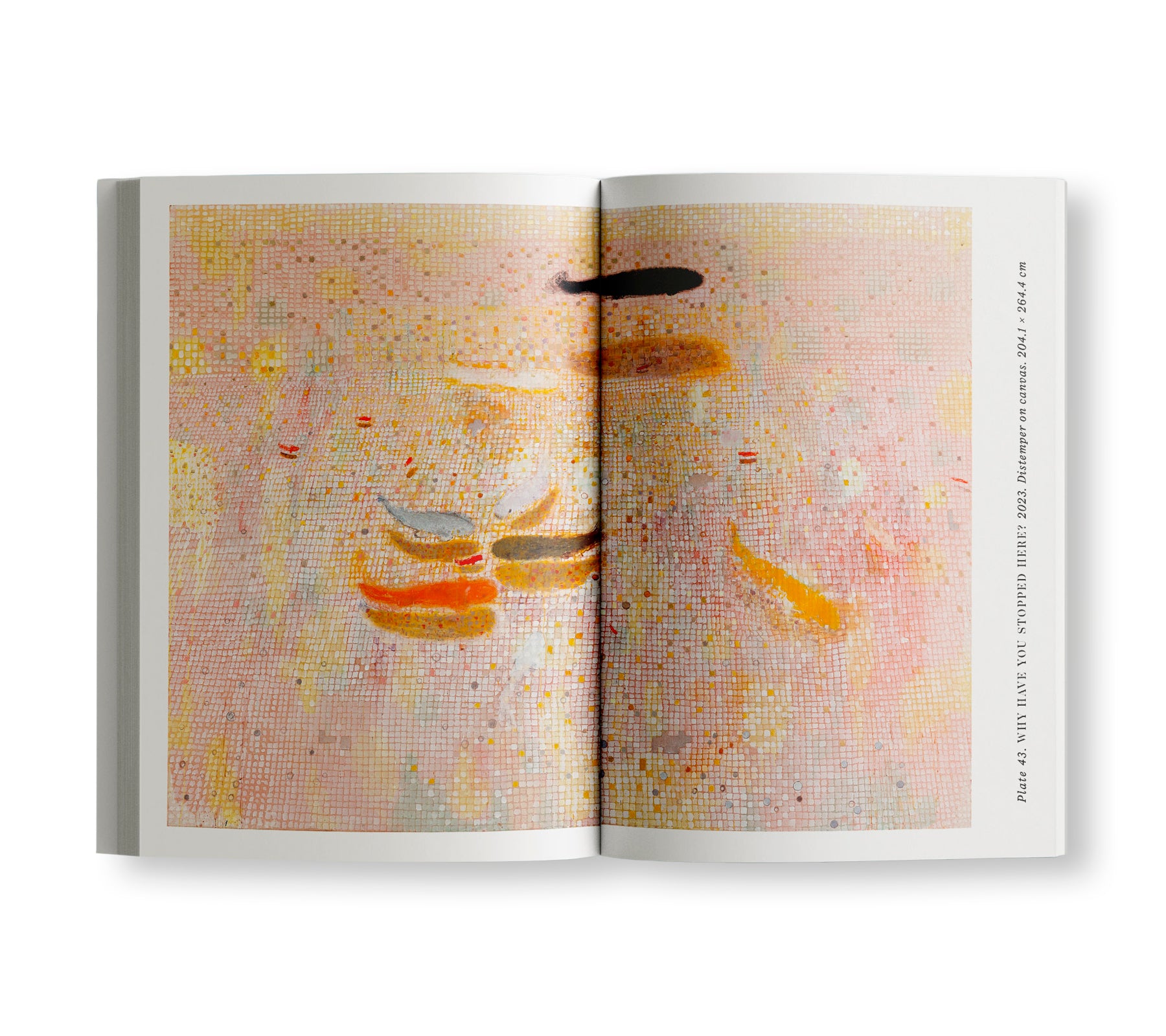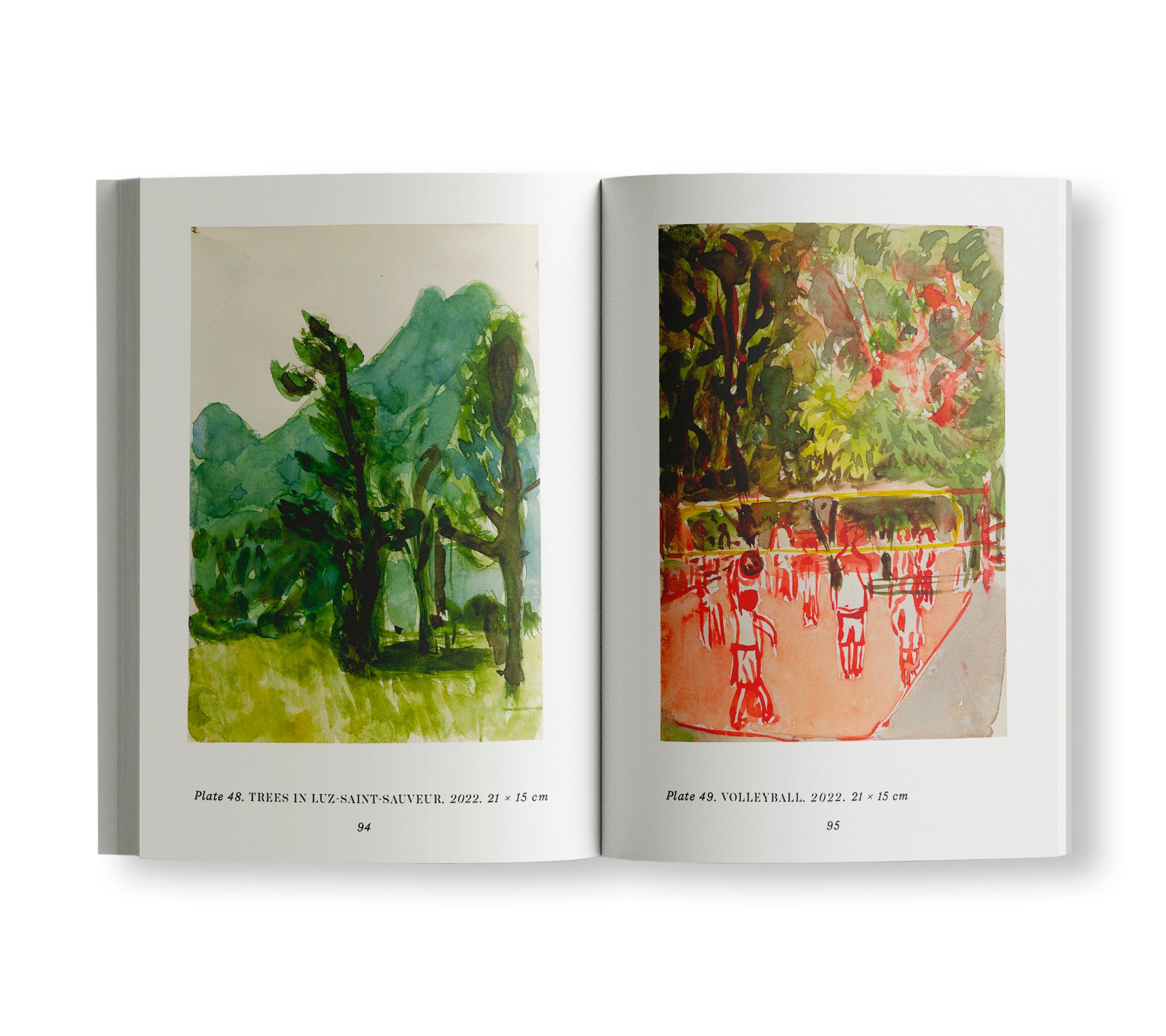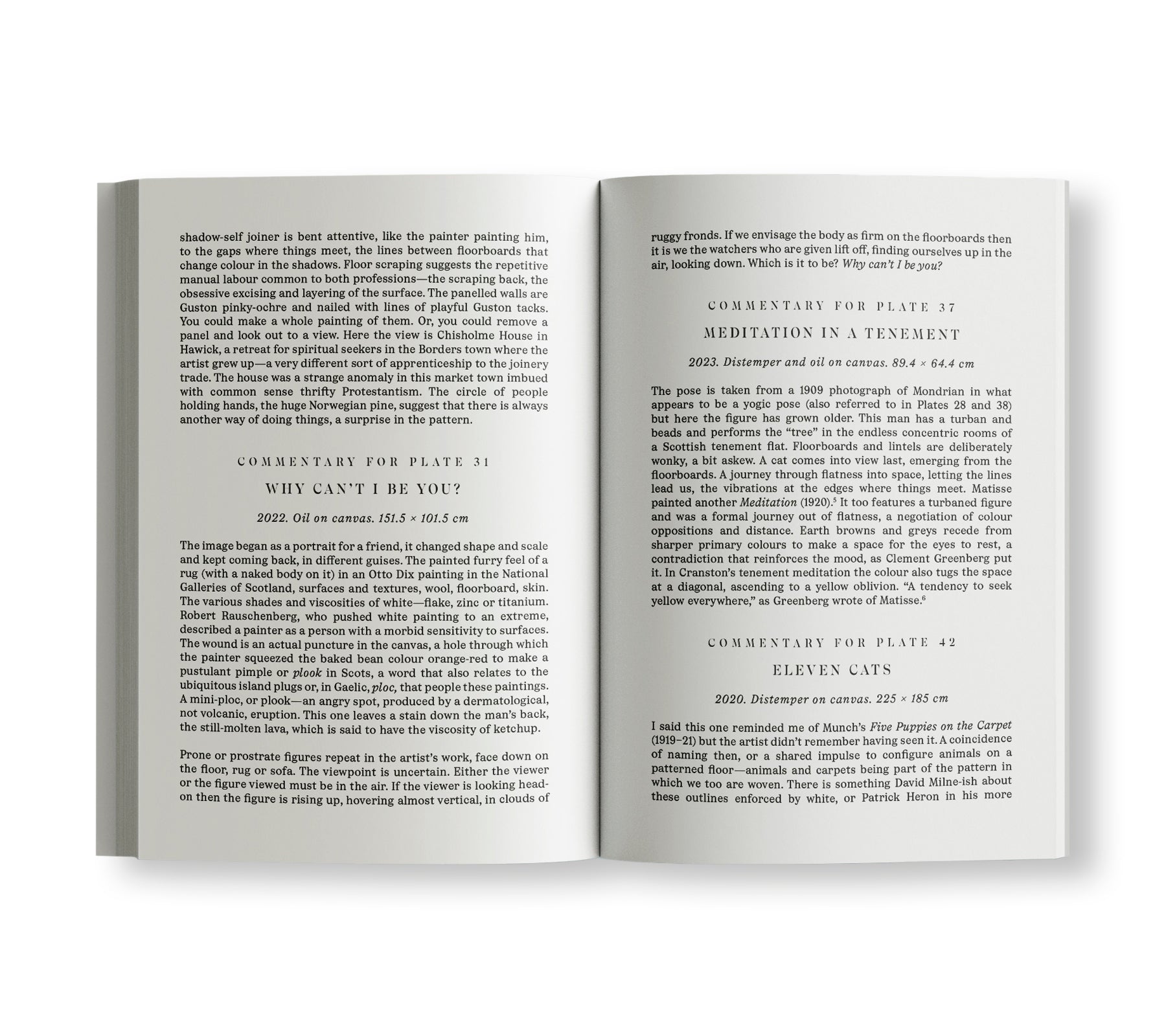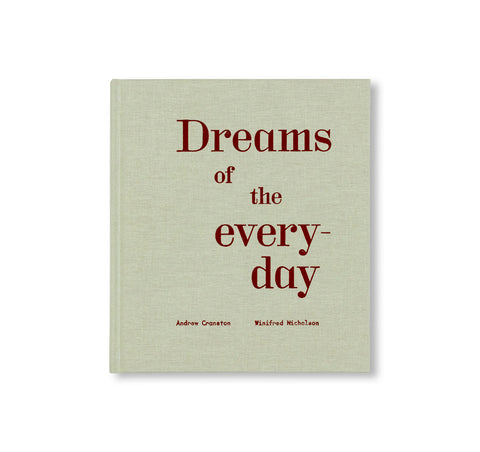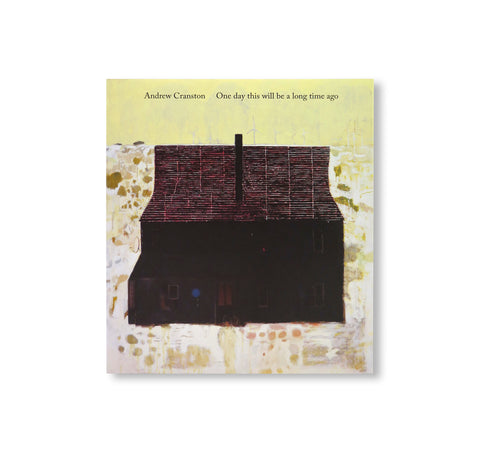ANDREW CRANSTON by Andrew Cranston
スコットランド人アーティストのアンドリュー・クランストン(Andrew Cranston)の作品集。作者にとって、版元である「5B」から初めて刊行した作品集である本書は、作者が長年持ち歩いてきた小さな本に敬意を捧げる一冊である。その小さな本はスリムであるが魅力が詰まっており、スイス出身のドイツ人画家、パウル・クレー(Paul Klee)の絵画と版画作品が収められてたものである。黄みがかったページと折り込まれた図版が載るこの本は年季が入っており、作者にとって長い間便利な参考資料となってきた。作者が美術館での個展としては初めてとなる、イギリスの「ヘップワース・ウェイクフィールド(Hepworth Wakefield)」で行った展示「What made you stop here?」で展覧された作品を含め、多くの作者の作品に重要な影響を与えている。クレーの本も並ぶ『Fontana Pocket Library of Great Art』シリーズのタイトル群と同様に、本書の目的は、作者の作品を一般の鑑賞者に手頃な価格と体裁で紹介することである。
上記シリーズに沿い、本書は作者の作品への入門書としての役割を果たしており、水彩画数点と新作エッチング作品群とともに、作者の大型作品にも焦点を当てている。冒頭にはグラスゴーを拠点とする作家のオリ・ハザード(Oli Hazzard)による啓蒙的なエッセイが掲載されており、驚くほどの色彩、質感、構成の扱いによってコントロールされた、知覚、記憶、物語性にまつわる問いなどを記述し、作者に関して語ることのできるあらゆる知識が著されている。それぞれの絵画には、ロンドンとグラスゴーを拠点とする作家であり画家のリザ・ディンブルビー(Liza Dimbleby)によるテキストが添えられており、リザと作者との長年の友情と会話によって育まれた解説を読むことができる。形に対する好奇心が染み付いた、思慮に富む不可思議さを表現したような印象派的な文章に仕上げられている。
「その昔、アーティストは実際に目に見えるもの、つまり、自分が見るのが好きなもの、あるいはすでに目にしたものを表現することを好んだ。今我々は、単に目にみえるものに限らず、現実に関心を寄せている。よって、目に見える領域は宇宙との関係において『特別な場合』に過ぎず、その他の真実の方がより大きな重みを持つという考えを表明しているのだ」
クレーは『創造の信条告白(原題:Creative Credo)』でそのように述べている。本作は、作者が思い描く「その他の真実」のいくつかを示している。気まぐれで空想的、無意識的で、ぼんやりとした記憶、そして繊細すぎるほどの感性が内面的な経験の滅多にない展望を通して焦点を結ぶ瞬間である。
“Cranston’s work allows us to experience again the dynamic contradictions and tensions in the medium of painting—immediately familiar in its rich historicity, and refreshingly strange in his transformation of it.” — Oli Hazzard
Our debut publication by Andrew Cranston pays tribute to a pocketbook the artist has carried with him for years: a slim but charming volume containing a collection of paintings and prints by Swiss-born German artist Paul Klee. This well-worn paperback, with its yellowed pages and gatefold images, has been a continued and convenient point of reference for Cranston, with the reproductions inside bearing a significant influence on many of the works included in 'What made you stop here?', the artist's first institutional solo show at The Hepworth Wakefield. As with the original titles of the Fontana Pocket Library of Great Art series to which the Klee book belongs, the object of this publication is to introduce the work of Andrew Cranston to the general reader at a price and in a format suitable to their pocket.
In keeping with this model, Cranston's latest publication functions as an accessible entry point to his work, focusing on a rich selection of the artist's large-scale works, alongside several watercolours and a suite of new etchings. The book opens with an illuminating essay by Oli Hazzard, which grapples with all things Cranston: questions of perception, memory, and storytelling, all of which is controlled by an astonishing handling of colour, materiality, and composition. Each painting is presented alongside an accompanying interpretation by Liza Dimbleby—impressionistic passages of thoughtful wonder, imbued with formal curiosity and guided by years of friendship and conversation with the artist.
“In earlier times,” said Klee, in his Creative Credo (1920), “artists liked to show what was actually visible, either the things they liked to look at or things they would like to have seen. Nowadays we are concerned with reality rather than with the merely visible; we thereby express our belief that the visible realm is no more than a 'special case’ in relation to the cosmos, and that other truths potentially have greater weight.” This little book shows some of the ‘other truths’ that Cranston has imaged: moments when whimsy, fantasy, automatism, distant memories, and an almost too-delicate sensitivity into focus via rare vistas of inner experience.
Andrew Cranston was born in Hawick in the Scottish Borders in 1969, and now lives and works in Glasgow, Scotland. Cranston studied at Gray’s School of Art, then completed his postgraduate study at the Royal College of Art, where he was taught by Peter Doig and Adrian Berg.
